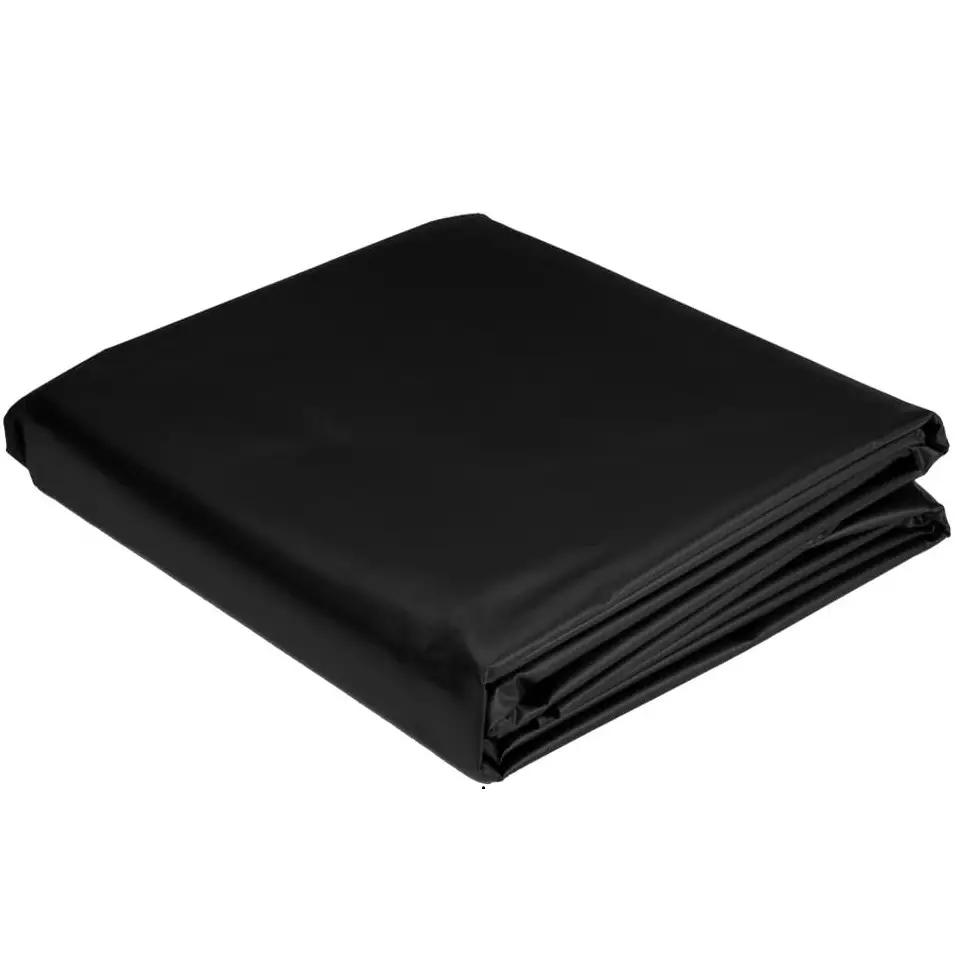
- Item Weight 22.6 pounds
- 16.6 x 15.9 x 3.3 inches
- Geo Global Partners
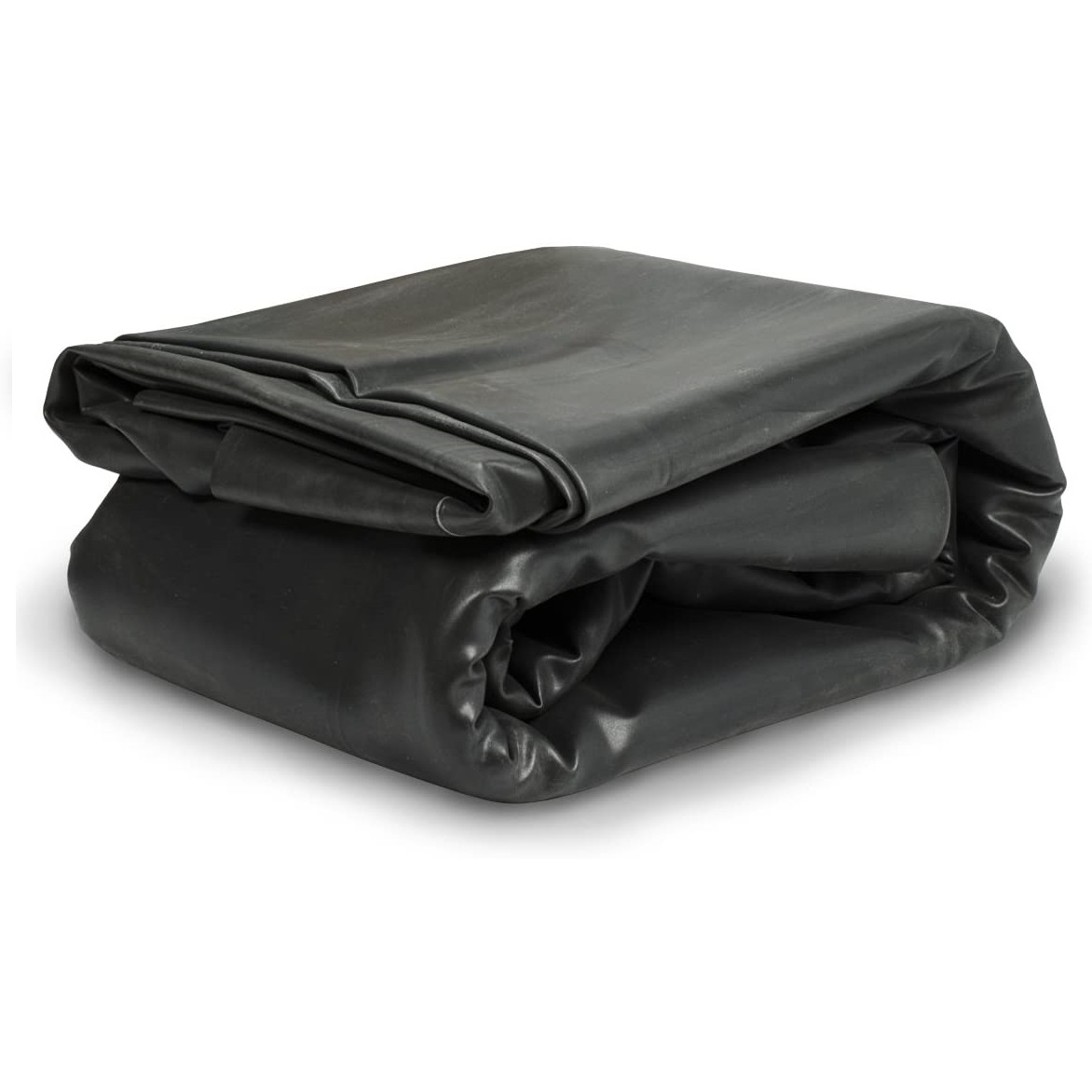
- Brand Aquascape
- 12 x 12 x 12.5 inches
- Item Weight 23.5 Pounds
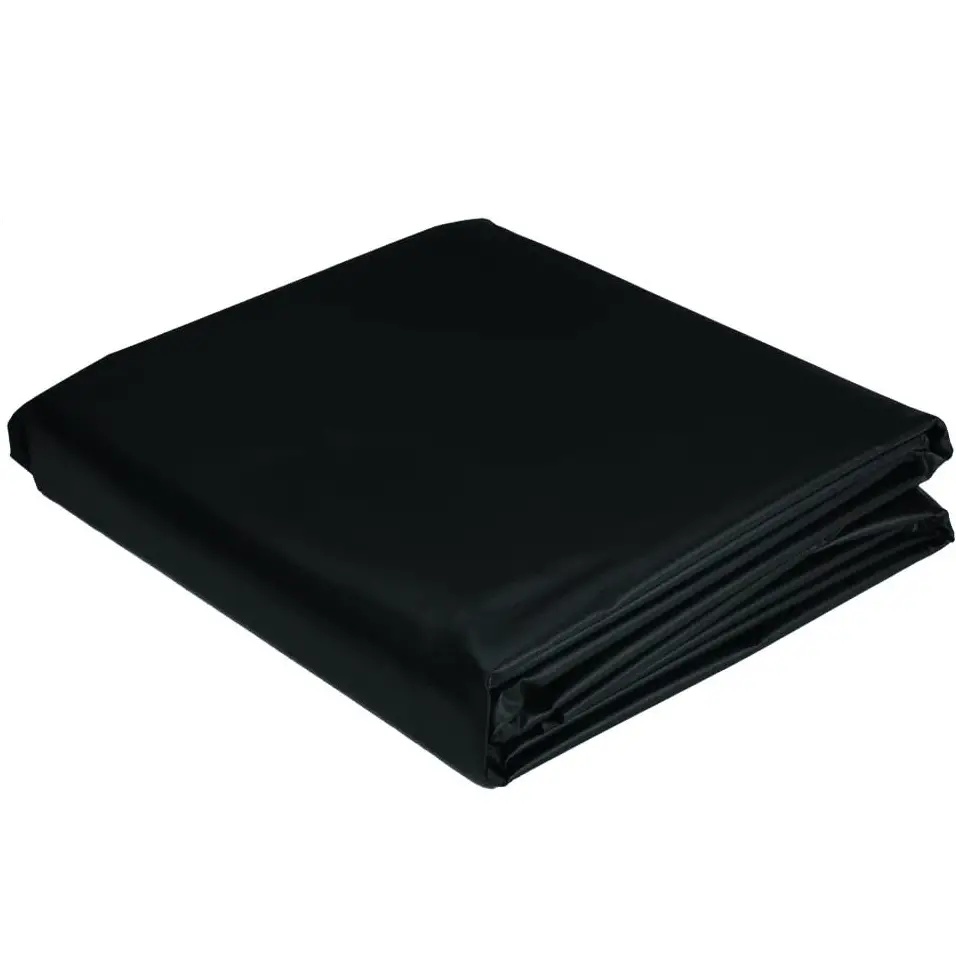
- 19.2 x 16.5 x 3.4 inches
- Geo Global Partners
- Item Weight 22.7 pounds
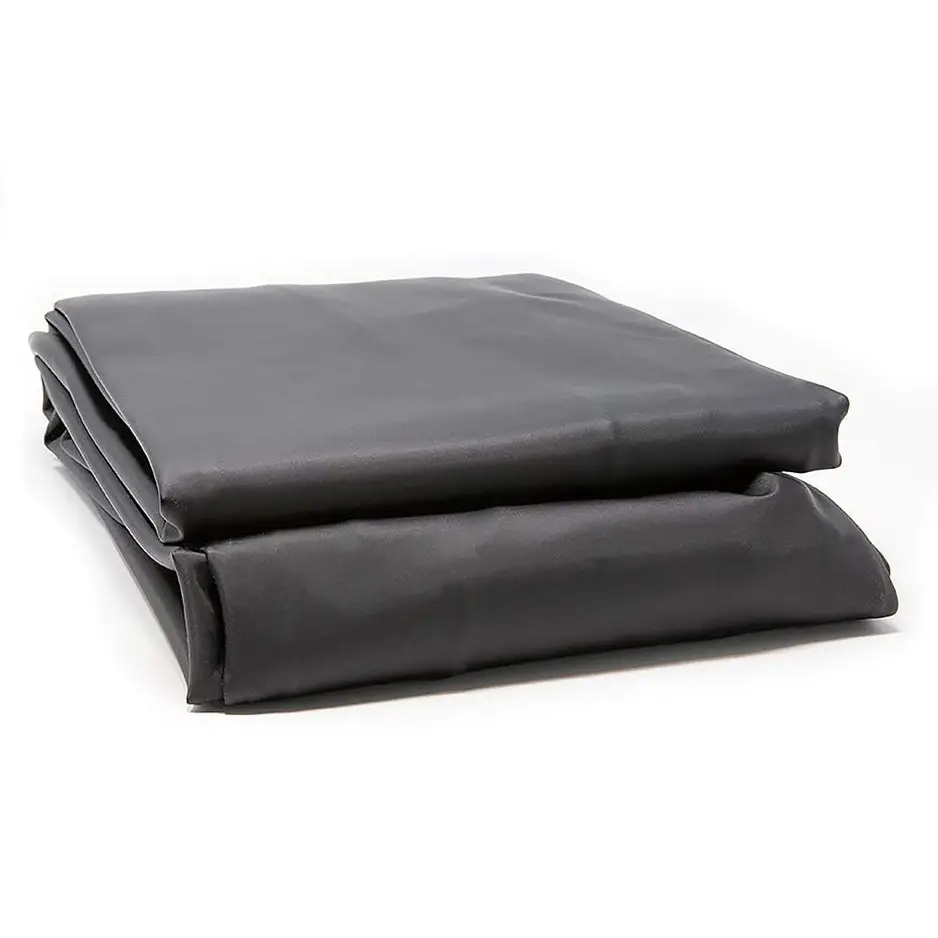
- 120 x 96 x 1 inches
- Beckett Corporation
- Item Weight 10.4 pounds
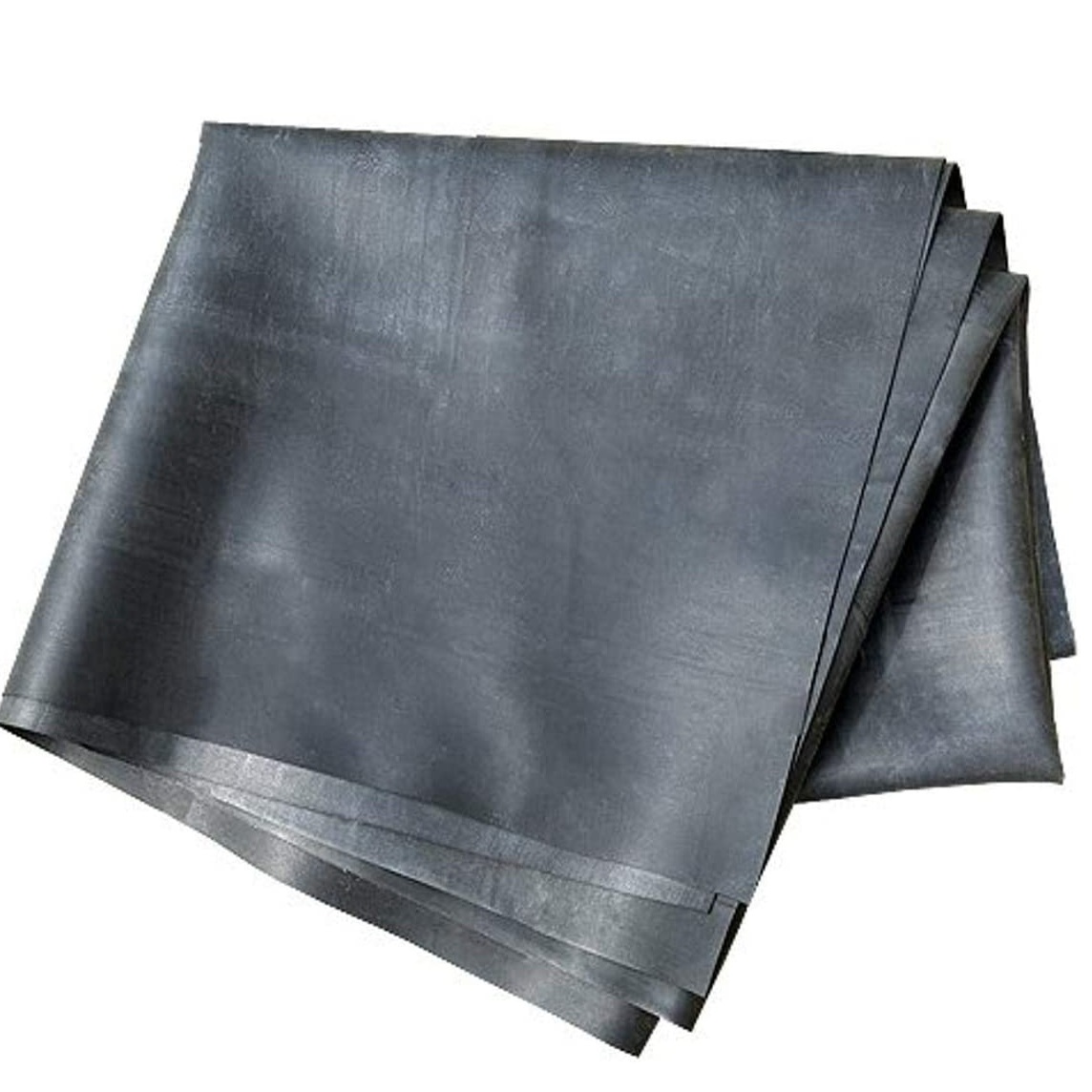
- 14 x 11 x 12 inches
- Brand Firestone
- Material Rubber
Choose the Best Pond Liner
Customer’s Choice: the Best Rated Pond Liners
6 users answered this survey. Please help us improve this review!
Ponds are an excellent way to relax and enjoy the natural beauty of the outdoors. They also provide a private setting for entertaining, as well as adding value to your home. However, before you rush out to purchase that beautiful pond liner (or even worse – sheet of plastic), it is important that you do some research on what material will work best with your needs.
A pond liner is a vital part of any pond. This waterproof barrier keeps water in your pond and prevents soil erosion.
The best pond liners are made of durable materials. Also, they should be thick enough to prevent damage from rocks and roots. Pond liners can come in different forms, but the most popular ones are rolls or sheets. Rolls allow for more custom fitting while sheets have a longer lifespan because you don’t have seams that could break down over time due to soil erosion.
There is a variety of pond liners on the market, so it can be difficult to decide which one is right for you. In this article, we will provide product reviews and useful tips about the best pond liners available.
The following list provides product reviews and useful tips about different types of pond liners so you can make the best choice for both your budget and the environment.
Table of Contents
TotalPond Pond Skins Pond Liner
 This lightweight and easy-to-handle liner can be perfect for large ponds up to 1,200 gallons. In addition, it’s UV-resistant and reinforced with a strong polyester weave placed between the layers of PVC. And don’t forget the textured surface, which promotes positive bacteria growth.
This lightweight and easy-to-handle liner can be perfect for large ponds up to 1,200 gallons. In addition, it’s UV-resistant and reinforced with a strong polyester weave placed between the layers of PVC. And don’t forget the textured surface, which promotes positive bacteria growth.
The innovative and unique product makes it easy to install a pond without the need for heavy equipment or extensive experience. Pond Skins is a lightweight, flexible, and durable membrane that can be installed quickly and easily, making it the perfect choice for anyone looking to add a beautiful pond to their landscape.
So why wait? Give your pond the makeover it deserves today with TotalPond’s Pond Skins Pond Liner!
Don’t let your pond become a source of embarrassment! Keep it looking its best with a TotalPond Pond Skins Pond Liner. This liner is lightweight and easy to handle, making installation a breeze. It’s also UV-resistant, so you can be sure your pond will stay looking great season after season. In addition, the textured surface promotes positive bacteria growth, so your pond will always be healthy and beautiful.
Aquascape 85009 EPDM 45 Mil Rubber Liner for Pond
 Create a flawless aquatic masterpiece that will last for years with Aquascape’s EPDM Rubber Pond Liner. This pond liner can boast exceptional resistance to solar UV radiation, ozone, and oxidation – making it ideal for use in ponds, pondless waterfalls, etc.
Create a flawless aquatic masterpiece that will last for years with Aquascape’s EPDM Rubber Pond Liner. This pond liner can boast exceptional resistance to solar UV radiation, ozone, and oxidation – making it ideal for use in ponds, pondless waterfalls, etc.
It’s also safe for both fish and plants, easy to stretch for a perfect fit, and backed by a 20-year manufacturer warranty. Choose from multiple liner size options to find the perfect one for your needs!
The 45-mil thickness of this Aquascape garden pond EPDM rubber best pond liners is rather thick. It is quite long-lasting when it comes to EPDM liners, and you can find solutions for every size pond or water feature. These high-quality liners are thick and durable, yet they allow for stretch, allowing you to get the liner width perfect for pond underlayment.
This liner is durable with a thickness of 45 mils, while also being able to stretch. It has exceptional resistance to solar UV, ozone, and oxidation, making it safe for fish and plants. Moreover, it’s easy to use with multiple liner-size options to choose from!
AQUANIQUE Pond Skin 13×20 Pond Liner
 AQUANIQUE Pond Skin is the perfect way to create a beautiful and healthy pond. The strong polyester weave between the layers of PVC makes this liner UV and puncture-resistant, perfect for larger ponds up to 1,200 gallons.
AQUANIQUE Pond Skin is the perfect way to create a beautiful and healthy pond. The strong polyester weave between the layers of PVC makes this liner UV and puncture-resistant, perfect for larger ponds up to 1,200 gallons.
The 14.5 mm thick liner is simple to form and cut, allowing you to customize your liner according to the shape and size of your pond. The texture of the liner promotes beneficial bacterial development, which helps to keep your pond’s nitrogen cycle functioning properly by sustaining positive bacterial growth.
This liner is ideal if you’re on a budget. The product measures 13 by 20 feet and can contain up to 1,200 gallons, making it suitable for a wide range of applications, including large ponds.
Beckett Corporation Flexible Pre-Cut PVC Liner
 This liner is flexible for a perfect fit and easy installation. It can hold up to 266 gallons of water, making it ideal for any self-watering project. Plus, it’s ice-resistant and UV-resistant for long-lasting use. Additionally, it is affordable, making it the perfect choice for any budget.
This liner is flexible for a perfect fit and easy installation. It can hold up to 266 gallons of water, making it ideal for any self-watering project. Plus, it’s ice-resistant and UV-resistant for long-lasting use. Additionally, it is affordable, making it the perfect choice for any budget.
Best of all, this PVC liner is ice-resistant and UV resistant, ensuring that your plants will be well taken care of no matter what the weather throws their way.
Don’t miss out – get your Beckett Corporation Flexible Pre-Cut PVC Liner today!
Beckett Corporation’s Flexible Pre-Cut PVC Liner is one of the best options for any self-watering project! This liner is easy to install and can hold up to 266 gallons of water, making it perfect for large or small projects. It is also ice-resistant and UV resistant, making it a durable option that will last. In addition, this liner is affordable, making it a great value for your money.
Firestone 8 x 10 EPDM Pond Liner
 You don’t have to be a professional landscaper to install the Firestone 8 x 10 EPDM Pond Liner – it’s easy enough for anyone! This durable and flexible liner can be used to create unique shapes or shelving and is resistant to UV and ozone damage. Best of all, it’s budget-friendly!
You don’t have to be a professional landscaper to install the Firestone 8 x 10 EPDM Pond Liner – it’s easy enough for anyone! This durable and flexible liner can be used to create unique shapes or shelving and is resistant to UV and ozone damage. Best of all, it’s budget-friendly!
The manufacturer claims that the product is designed specifically to be applied to contours and shelving, making it ideal for individuals who want to add potted plants or waterfalls to their pond or who wish to utilize a unique or creative form. Overall, you can’t go wrong with this inexpensive option.
Finally, an affordable and easy-to-use pond liner that can be tailored to any shape or size! This Firestone 8×10 EPDM Pond Liner is perfect for anyone looking to create a custom pond without spending a fortune. UV and ozone resistant, this liner is also flexible enough to fit nearly any curve or angle. So get creative and start building the pond of your dreams today!
The Buyer’s Guide
Here are some factors you need to take into account when choosing a pond liner:
- The size of the pond. This will help you determine the right dimensions for the liner and also how much it is going to cost;
- The shape of the pond. If you have an irregularly shaped pond, then you need a custom liner made specifically for that shape which can be more expensive;
- Soil type and condition. Clay soil is prone to leaking so make sure you get a pond liner with good puncture resistance. If your soil is alkaline or has high levels of salt, then choose a vinyl liner since it is resistant to those elements;
- The climate. If you live in an area with extreme weather conditions, then get a pond liner that can withstand those conditions. For example, rubber liners are not suitable for cold climates since they will shrink and crack in the winter.
What’s the Purpose of a Pond Liner?
A pond liner is the most important part of building a new water garden. It provides structural support for rocks, soil, and plants while at the same time preventing leaks from occurring. A good pond liner should last for many years without any problems.
To keep your pond liner in good condition, you’ll need a pond liner as well as a good underlayment for pond liner support. Pond liners of high quality are meant to endure everyday usage and impact, as well as pressure that might cause leaks.
How Does a Pond Liner Work?
A pond liner has a multi-layer construction that is similar to the liners used for hot tubs and pools. The first layer of fabric provides strength, puncture resistance, and stability while the second layer acts as an inner barrier that prevents leaks from occurring when it comes in contact with water. A good pond liner will have reinforced seams to prevent them from ripping or tearing apart.
The fabric used in pond liners is usually a synthetic polymer such as PVC, EPDM, or TPU.
Do I Actually Need a Pond Liner?
No, you don’t have to build a concrete pond if you’re creating a concrete-based pond.
Concrete ponds, on the other hand, are not that popular, so most pond builders will go with a high-quality pond liner instead. It is usually less expensive and less time-consuming to line the exposed mud (dirt) with a pond liner rather than constructing a concrete design. Concrete ponds will also require more work and planning, so it’s no surprise that they are less popular.
Main Features:
Types of Pond Liners:
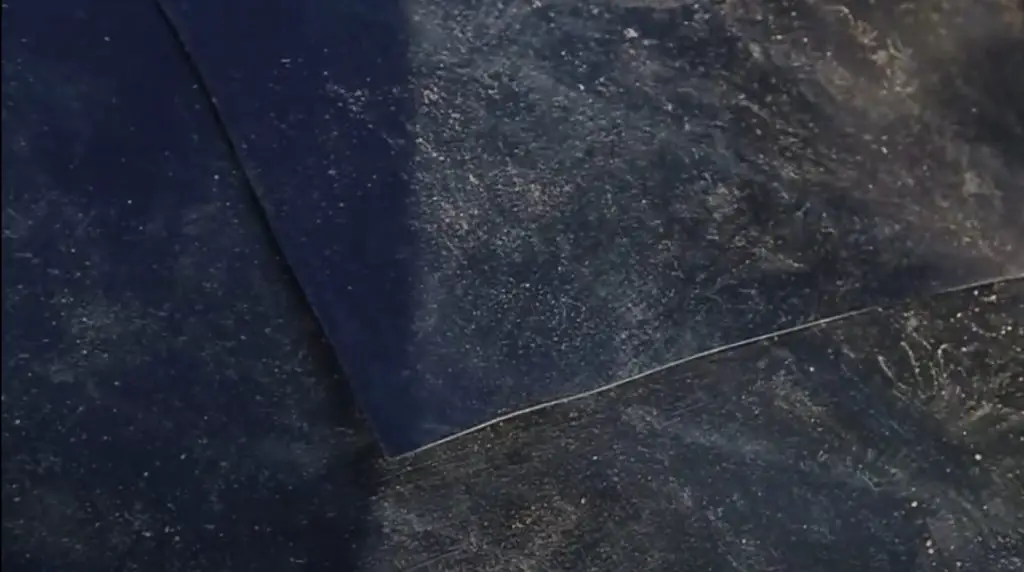
- Pre-made/pre-formed pond liners come in standard sizes and shapes and can be easily installed by following the included instructions. They are made from heavy-duty vinyl and are resistant to tears and punctures. However, they cannot be customized to fit irregularly shaped ponds;
- Flexible pond liners are custom made to fit any shape of the pond. They are made from high-quality materials like rubber or PVC plastic and have a high resistance to punctures and leaks. However, they can be expensive and are difficult to install;
- Rigid pond liners are made from fiberglass or plastic and come in standard shapes and sizes. They are easy to install, but cannot be customized to fit irregularly shaped ponds. Rigid pond liners are also more expensive than the other two types of pond liners;
- Concrete floor liners are the most expensive of all options. They are made from resin with glass mats or fiberglass reinforcement for stability and high resistance to leaks, punctures, and tears. However, they cannot be customized to fit irregularly shaped ponds nor can they be moved once installed since they are very heavy;
- Fiber-reinforced plastic pond liners come in standard sizes but need a separate underlayment layer due to their lack of flexibility. These types of pond liners have great strength but low resistance when it comes into contact with water so you will need an additional protective barrier against moisture penetration.
Advantages & Disadvantages of Different Materials:
There are a few different types of pond liners on the market, so it can be tough to decide which one is right for your project. In this buyer’s guide, we will provide an overview of the four most common types of pond liners and give you some tips on how to choose the best one for your needs [1]:
1) Butyl Rubber Pond Liner
Butyl rubber is a synthetic material that is made from ethylene-propylene-diene monomer (EPDM). It has high tensile strength and excellent resistance to ultraviolet radiation, making it a good choice for ponds that will be exposed to sunlight.
If you want flexible sheets, butyl rubber liners are more puncture-resistant than EPDM liners and less expensive than HDPE liners. You may weld together extra little sheets to match any unique pond form, as butyl rubber does not stretch much.
The butyl rubber liners most often come in basic designs. However, if you know how to weld butyl rubber, you can construct a unique liner design by adding flexible sheets to a preformed liner.
2) Polyvinyl Chloride (PVC) Pond Liner
PVC is a synthetic resin that is made from vinyl chloride monomer (VCM). It is the most common type of pond liner on the market and is available in both black and clear varieties. PVC has high tensile strength and good resistance to ultraviolet radiation, making it a good choice for ponds that will be exposed to sunlight.
However, this material does have some disadvantages including an unpleasant odor when burned (which can occur with prolonged exposure), low heat tolerance (it melts at 250 degrees Fahrenheit) and poor UV (meaning that sunlight breaks down the material over time).
3) EPDM Pond Liner
EPDM is a synthetic rubber that is made from ethylene-propylene-diene monomer (EPDM). EPDM is a flexible, rubbery material that folds around corners easily and helps you to create highly individual pond designs.
EPDM is also resistant to UV radiation, which means it’s perfect for exterior applications. Furthermore, EPDM sheets may be joined together with liner tape during installation and cut into additional pieces. Less worry when measuring cuts, and you may extend your pond later by adding another EPDM sheet to your existing liner.
The major disadvantages of EPDM are that it is rather hefty and less resistant to punctures than other flexible liner materials. EPDM sheets are difficult to ship directly to your house because of these worries, so ponds lined with EPDM liners usually require an underlay.
4) Foam-backed Vinyl Pond Liner
A foam-backed vinyl liner is a solid sheet of waterproof plastic with an absorbent layer on the other side. This type of pond liner is typically made from high-density polyethylene (HDPE) or PVC, but some manufacturers use ethylene-propylene rubber (EPR), Ethylene Vinyl Acetate (EVA).
The foam provides extra insulation against cold weather and reduces heat loss in summer months while keeping out tree roots, large rocks, and debris. These types of pond liners may not have as much tensile strength as other types, so they should only be used for small ponds.
5) HDPE Liner
HDPE is a type of plastic that has high impact resistance, good chemical stability, and excellent transparency. It has low water absorption levels but it does have poor tensile strength, which means that this material may not be the best choice for some pond designs.
Polyethylene is a synthetic polymer that has the same chemical structure as PVC, but it’s considerably more puncture-resistant and weighs one-third less. This makes them simple to transport, install, and shape to your pond regardless of the form you’re creating.
HDPE sheets also make for a more durable connection than liner tape, as they can be welded together with a heat gun.
Furthermore, HDPE liners are strong enough that they rarely need to underlay for your pond. Your liner will not have to be replaced after your pond is completed, since HDPE linings may endure up to 40 years if properly cared for.
6) Fiberglass Liner
A fiberglass pond liner is a durable sheet of plastic made from glass fibers. They are much less likely to tear than other types, and they have high tensile strength as well as good UV resistance. Fiberglass liners also maintain their shape well when bent or shaped into tight corners.
Although these materials do not stretch like vinyl or EPDM sheets, the biggest disadvantage for this type of material is that it can be difficult to install without an underlay because you will need additional support beneath your liner in order to prevent rips and tears.
You may also construct a raised pond on top of the fiberglass liner by surrounding it with dirt fill and pebbles.
Another benefit of fiberglass is that it is quite durable.
Fiberglass does not fracture or leak when exposed to extreme heat, low temperatures, or direct sunlight, as some plastic and rubber materials will. Fiberglass will even strain if your pond freezes over in the winter.
7) Concrete Floor Liner
A concrete floor liner is a great way to waterproof your basement, as it will prevent water from seeping through the cracks in your floors and walls. A disadvantage of this type of pond liner is that it’s quite heavy and difficult to work with.
Concrete can be poured directly over the top of your liner to create a finished look for your pond, or you may use decorative stones or pebbles to cover up the seams.
Just like other materials, concrete has both advantages and disadvantages when used as a pond lining material. It is highly durable and resistant to UV radiation, but it’s also very heavy and difficult to install without specialized equipment.
Concrete is the material of choice when you want to create a pond that will endure for many years.
Concrete is by far the most durable liner material and has been utilized for pond construction since ancient times. It won’t fracture in any kind of weather, and it’s practically indestructible when pierced.
Concrete, on the other hand, has fallen out of favor with pond builders because it is far more expensive, time-consuming, and difficult to pour correctly than preformed or flexible liner materials.
As you can see, there is a wide range of pond liners available in today’s market. The different types include rubber, foam, and vinyl which have their own unique properties that make them suitable for specific purposes or tasks. Rubber pond liners are heavy-duty versions with better puncture resistance compared to other types but they can be more expensive overall. Foam ones are great for DIY projects when you want easy installation so it does not require special tools, unlike rubber varieties. Vinyl on the other hand has even better flexural strength than both rubber and foam since it contains material from plastic containers while being lighter weight at the same time as well as resistant to ultraviolet rays. It also comes in various colors to better match your landscape design.
Type of Pond Liner Based on Weather Conditions
A majority of pond liner materials are safe for all types of weather conditions. However, you may wish to use one material over another if your garden is exposed to extreme temperatures or inclement weather on a regular basis:
1) EPDM liners have excellent resistance against both hot and cold climates, making them the first choice among many landscapers who work in regions with fluctuating seasons or harsh winter months.
The downside associated with these durable plastic sheets is that they’re difficult to bend into certain shapes without breaking. They also tend not to last as long as other products specifically because it’s so easy for them to tear when being manipulated by inexperienced installers.
2) Vinyl-coated pond liners are a good choice for ponds located in areas with severe weather conditions. The vinyl coating prevents the liner from cracking or splitting when it’s subjected to extreme temperatures or heavy winds.
Pond Liner Installation Tips
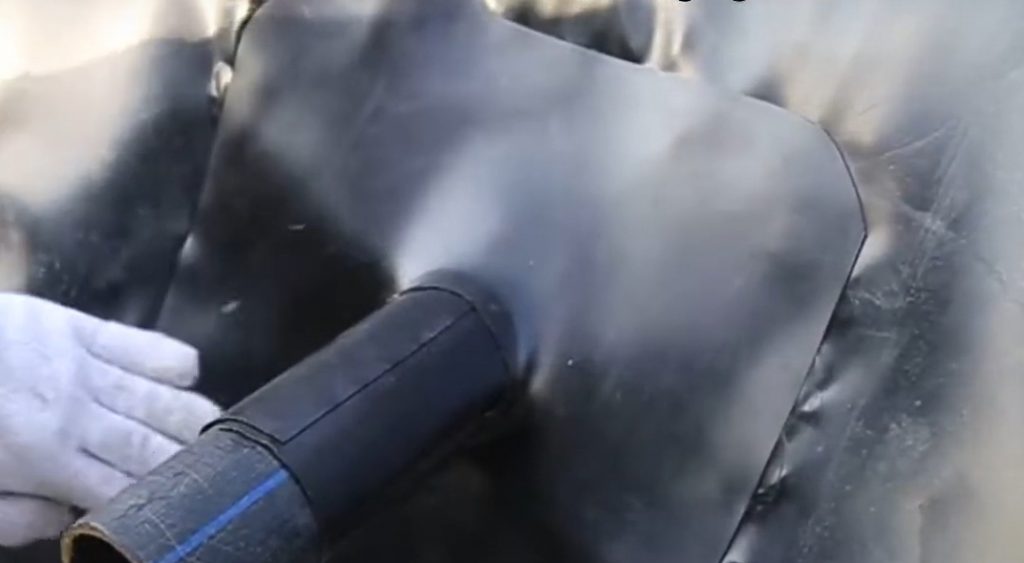
No matter which material you choose, there are some general tips that should be followed during installation:
- Always use an underlayment beneath your pond liner, especially if you are not using a preformed kit. This will help prevent rips and tears caused by sharp rocks or sticks;
- Make sure the surface upon which you are installing your pond liner is level and smooth. Uneven surfaces will cause the liner to wrinkle and sag over time;
- When creating a curved or shaped pond, use a flexible liner material that can be easily molded into the desired shape. Concrete should only be used for ponds with straight edges;
- If you are installing a concrete pond liner, make sure the area surrounding the pond is well-drained. Standing water near your concrete pond will quickly cause it to deteriorate and flake away.
Aesthetics
Is your pond dug into the ground or set partially or entirely above ground, surrounded by moss, boulders, and grass? If you have an above-ground pool, you’ll almost certainly require a preformed fiberglass pond liner since no other material can support itself without surrounding fill.
Wrap a sheet of butyl rubber liner around your pond and weld it together to create an even larger, more complicated design [2].
For a pond with complex shapes, such as an oval or irregularly-shaped pool, it might be wise to use multiple layers of sheet liner material. This is particularly true if your pond will require extra support in the form of rocks and corrugated drainage piping.
If you want a simple design that’s easy to maintain and doesn’t require much attention once installed then go for rubber liners over other types since they’re more durable and can last up to 40 years when properly maintained. However, these are not so good at resisting punctures compared to foam ones which make them more prone to leaks within just three months after installation.
Foam ponds also provide better insulation against cold weather while liners have colorfast properties so they won’t fade over time.
For ponds that will be located in high traffic areas, such as gardens or public parks, rubber liners are the best choice since there is no need to worry about people accidentally tripping on them and puncturing the pool surface. This also allows you to easily move around plants and other large objects without damaging your pond’s lining.
How Complex is Your Pond Design?
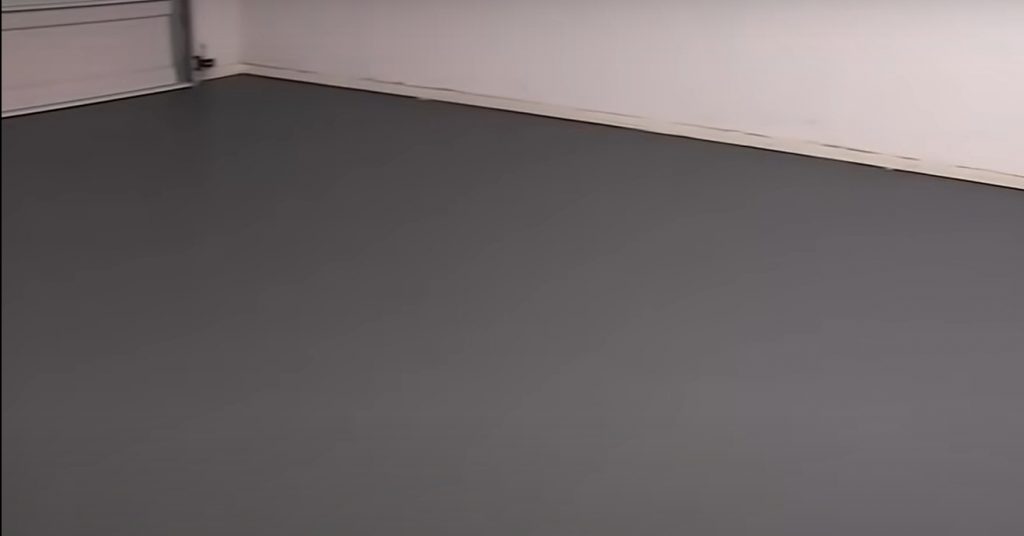
Liners made of EPDM and HDPE can stretch somewhat, putting them to excellent use when attempting to fit the liner around a corner. Furthermore, these materials may be purchased in large sheets, so you won’t have to weld many sheets together for your pond design.
Butyl rubber, on the other hand, is extremely inflexible owing to manufacturing restrictions. The material wrinkles easily, making it difficult to create a pond with complex shapes. The workability of butyl liners is limited as well because the rubber cannot be cut smoothly or welded together without using special adhesive tapes which are extremely expensive and sometimes ineffective.
These factors make EPDM/HDPE more suitable for advanced design needs whereas butyl is better suited for basic ponds that require flexibility in shape due to their simplicity.
How to Determine the Size of Your Pond Liner?
Before you purchase a pond liner, you will need to determine the size of your pond. To do this, measure the length, width, and depth of your pond. Multiply the length by the width to get the square footage. Then multiply the square footage by .00225 to get the gallons of water that your pond can hold.
If you are not sure how deep your pond is, dig a hole in an area where you would like your pond to be and measure its depth. You can also use a garden hose or rope to create a mock-up of your desired pond shape and dimensions. This will help you visualize what size liner you will need for your particular space.
Once you have determined the size of your pond, you can purchase a liner that is slightly larger to allow for any adjustments that may need to be made. It is always best to overestimate than underestimate the size of your pond.
To fully cover your pond, you’ll need a sheet of liner that is 23 feet long by 21 feet broad.How To Install A Pond Liner?
The first step is to verify that no sharp rocks, pebbles, or stones jut out into the dug hole. Otherwise, the pond liner may be damaged. If you want to minimize the chance of damage or punctures, add a 2-inch layer of sand to the floor or utilize a robust pond underlayment before laying your pond liner. Experts even recommend using a pond underlayment, regardless of the pond liner you choose.
Then carefully lower the lining in the pond, aligning it with stones as needed. If you haven’t already, dig an anchor trench around your pond’s perimeter. The pond liner will lap into this trench and you can fill dirt on top of the liner. This trench will assist in keeping the liner in place and stopping any runoff from entering your pond.
You may now begin to fill the pond with water from your hose, but be cautious of any wrinkles in the pond liner and smooth them out as they appear. If you intend on installing a pond pump, this would be an excellent time to do so, but keep it disconnected from electricity for the moment.
Finally, use more ornamental stones and rounded pebbles to keep the liner in place around the pond’s perimeter once it is full. Trim any remaining pond liner from around the edge with a pair of high-quality scissors, keeping the appearance sophisticated [3].
FAQ
What thickness of a pond liner is best?
EPDM and butyl pond liner is available in a variety of thicknesses. The type of pond construction primarily determines the thickness of Epalyn (EPDM) and butyl pond liner.
- For most garden pond projects, a 0.75mm pond liner is necessary;
- The thickness of 0.85mm is somewhat thicker and more robust than the preceding generation, which has a measurement of 0.7mm;
- A thickness of 1.00mm is recommended for all box-welded pond liners for ornamental regular shaped ponds and flat sheet lined ponds where overlay protection is not desired, but extra durability is required owing to the type of planting, size of the pond, or exposure to visiting animals;
A rubber liner will be covered by a manufacturer’s guarantee of 25 years or more. It’s critical to remove any pointy objects or stones from the ground when laying your selection of flat sheet pond liner. A thin layer of sand or, even better, an underlay is also advised.
To offer long-term protection against the claws of passing animals and UV radiation, cut the edges neatly and bury them several inches beneath the surface surrounding the pond.
PVC materials are less sturdy than rubber, which can withstand a wide range of temperatures and is resistant to UV light damage[4].
Which is better – PVC or EPDM pond liner?
Generally, PVC and EPDM pond liners are both excellent choices. They offer a great deal of protection against wear and tear as well as spills. However, there is one main difference between them:
- EPDM is better if you live in an area where winters last several months because it can withstand the cold;
- PVC may be preferable for those who want to avoid chemical exposure or need their liner immediately;
Are HDPE pond liners good?
HDPE pond liners are made from high-density polyethylene and they have a number of benefits. They’re less expensive than other types of pond liners, extremely durable, and UV resistant. However, they may not be as aesthetically pleasing as some of the other options on the market.
If you’re looking for a more natural look in your garden, consider using a rubber or PVC pond liner. If you’re looking for something that is more affordable and easier to install, HDPE may be a good option for you. Whichever type of pond liner you choose, make sure to carefully read the instructions and take into account the climate where you live. With these tips, you can ensure that your pond liner is the best choice for your needs and that it will last a long time.
What is the most durable pond liner?
The most durable pond liners are made of rubber or PVC. They are both resistant to tears and punctures, making them a good choice for ponds that may be subject to wear and tear. HDPE pond liners are also relatively durable, but they may not last as long as rubber or PVC options.
When choosing a pond liner, make sure to consider the climate where you live and the type of use your pond will see. By doing so, you can ensure that you choose a liner that is both durable and aesthetically-pleasing.
Are LDPE pond liners any good?
LDPE pond liners are made from low-density polyethylene and they are a good choice for those who want an affordable option that is still durable. LDPE pond liners are less resistant to UV light than other types of pond liners, so they may not be the best choice if your pond will be exposed to direct sunlight. However, they are still a good option for those who want a cheap and easy-to-install liner.
Consider using an LPDE pond liner if you want an affordable option that is still relatively durable. Just be aware that it may not last as long as some of the other options on the market.
How long will a pond liner last?
Ponds can live for over 30 years if the appropriate material is used and installed correctly. A high-quality EPDM pond liner can survive far longer than that! For smaller ponds, PVC pond liners might be a cost-effective alternative[5] .
What goes under a pond liner?
A 2- to 3-inch layer of sand or an underlayment should be used to cover the soil before placing the liner to safeguard it from harm. If desired, conceal the liner by layering river pebbles over the bottom of the membrane and stacking stones on top of each other to form a wall.
Carpet is sometimes advised as a pond liner underlay, and you might get away with it – just make sure the carpeting is a man-made fiber like polypropylene rather than a natural fabric like wool, which will decay over time, lowering its effectiveness as a barrier. Carpet, especially if it’s not clean enough, may attract mold, bacteria, and even have an underlayment applied. You could end up with an underlay that attracts mold, germs, and starts to stinky.
If you put carpet over a pond that has been there for many years as a floor covering, it might be the same way before going underneath the water.
Finally, as a cautionary note, if you do install carpet, be sure there are no sharp carpet tacks or staples used to lay the carpet inside. When laying and piercing straight through a pond liner, such objects may cause harm and will naturally puncture a pond liner.
Newspaper may be piled together to create a wadding, but it will decay over time, so you must make sure it is packed very densely. It has the same “settlement” issue as the sand that was previously discussed. Newspaper, on the other hand, can be used as a pond liner underlay at the first stage if done correctly. It should be combined with a suitable geotextile pond liner underlay[6].
How much does it cost to line a pond?
A pond liner costs an average of $.65 per square foot and $.35 per square foot to install, for a total of roughly $35,000. They added the dirt they had to buy, the chosen sand to mix with current soils and cover the liner, as well as a showcase pond that doesn’t leak for almost $50,000. It’s not cheap, but a liner is essential because it guarantees that a pond won’t leak [7].
Useful Video: Pond Liner Comparison – EPDM Rubber vs RPE – Everything Ponds
Final thoughts
Pond liners are a great way to keep your water clean and healthy, but they can be difficult to choose from. Luckily we’ve done the research for you! Our team has reviewed many different types of pond liners and features in this article so that you don’t have to do it yourself.
Hopefully, these reviews will help you make an informed decision when deciding on what kind of liner is best suited for your needs. If none of these options work for you or if there’s something else we should add, let us know in the comments below!
References:
- https://modestfish.com/best-pond-liner/#Whats_the_Purpose_of_a_Pond_Liner
- https://modestfish.com/best-pond-liner
- https://pondacademy.com/pond-liners#id10
- https://www.pondlinersonline.co.uk/what-type-and-thickness-of-pond-liner-for-your-build
- https://www.stephensliners.co.uk/how-long-do-pond-liners-last
- https://www.pondkeeper.co.uk/blog/pond-liner-underlay–what-about-using-sand-old-carpet-or-newspaper
- https://americansportfish.com/pond-liners-does-my-pond-need-a-liner

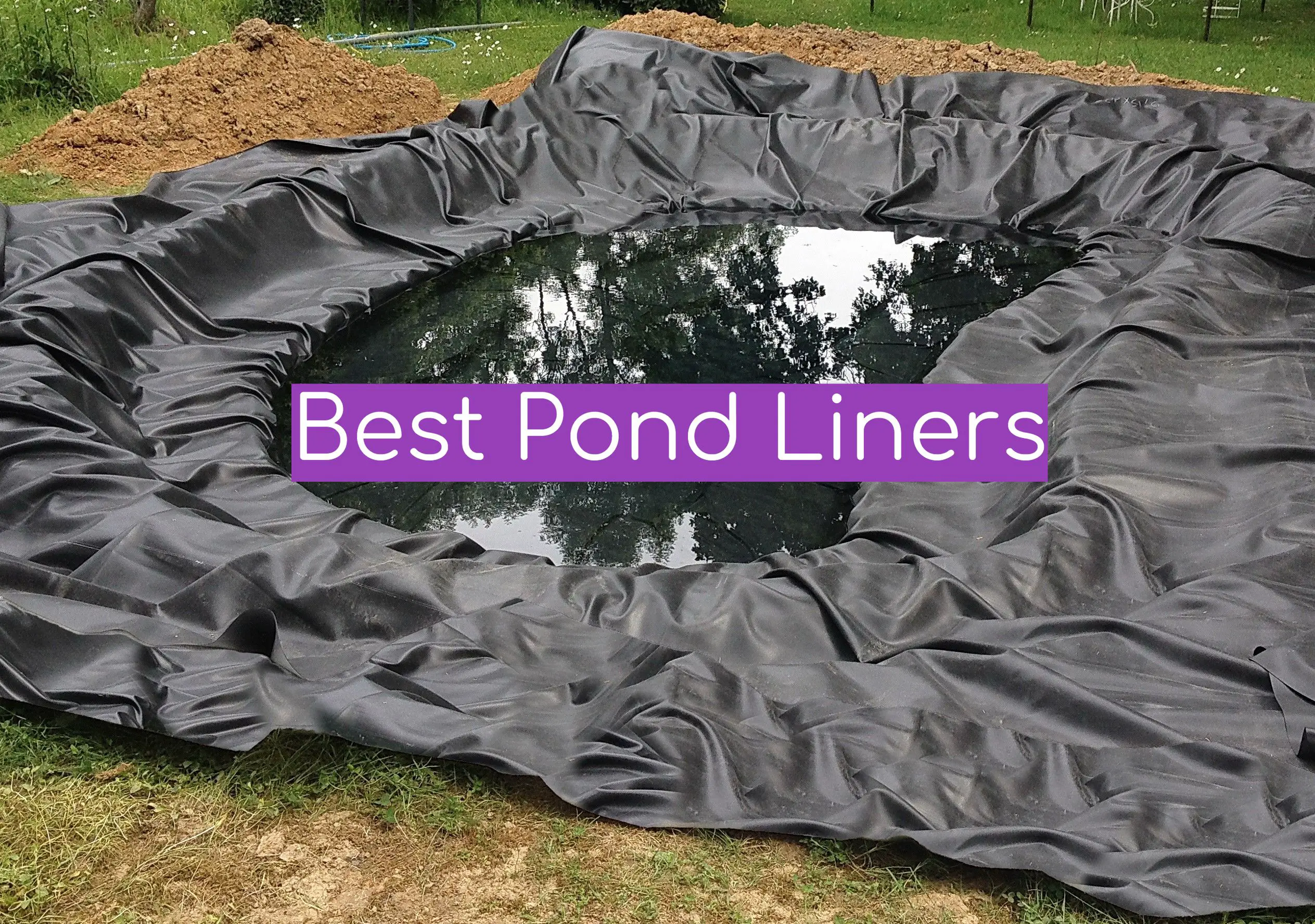
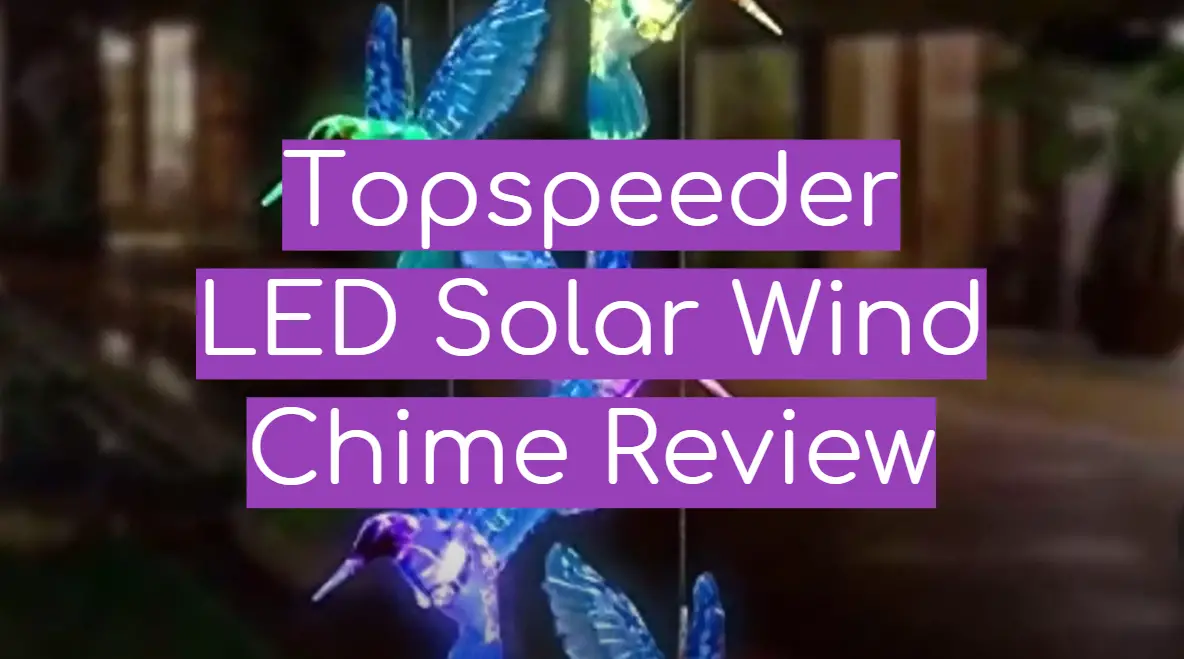
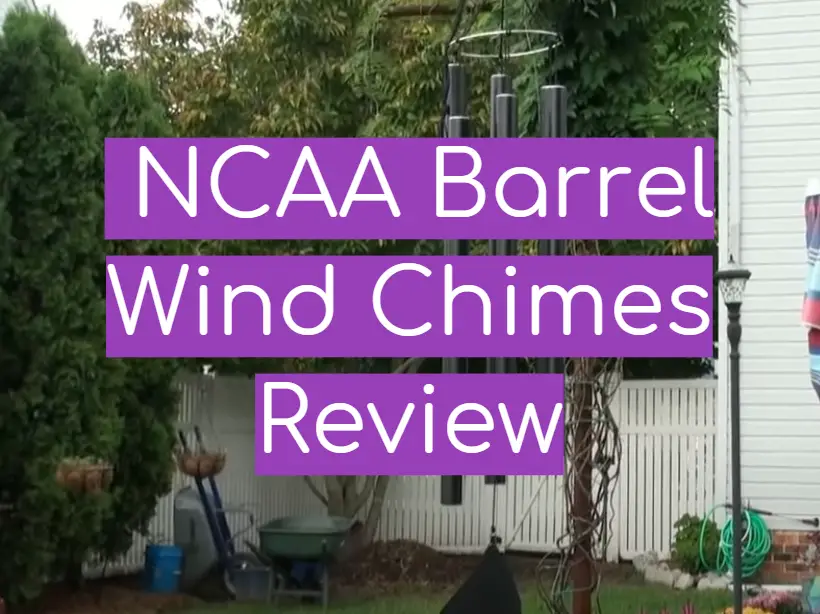

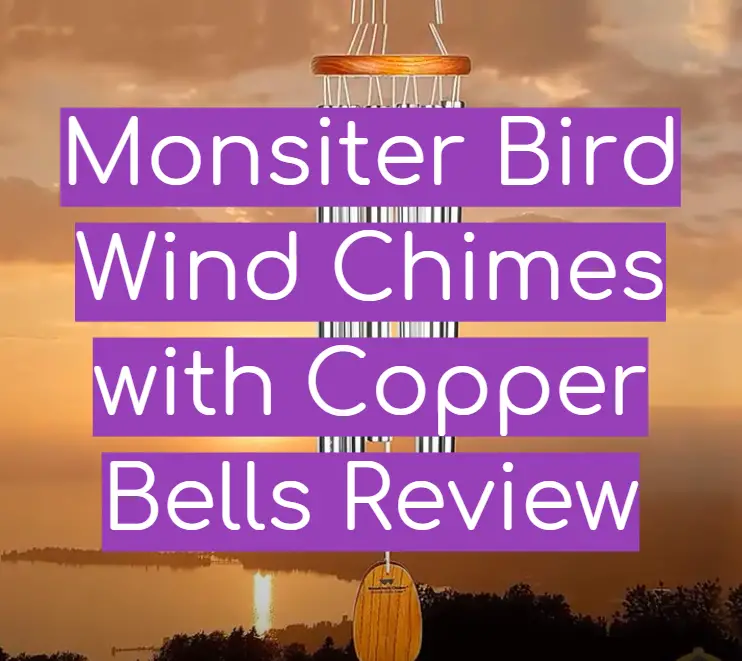
Leave a Reply